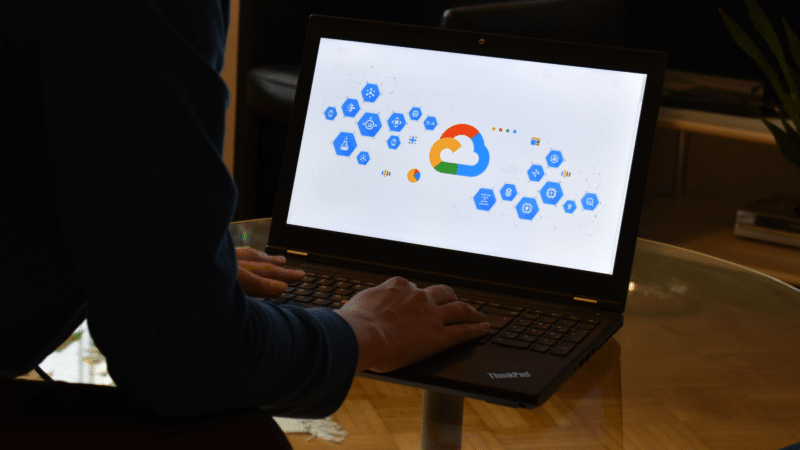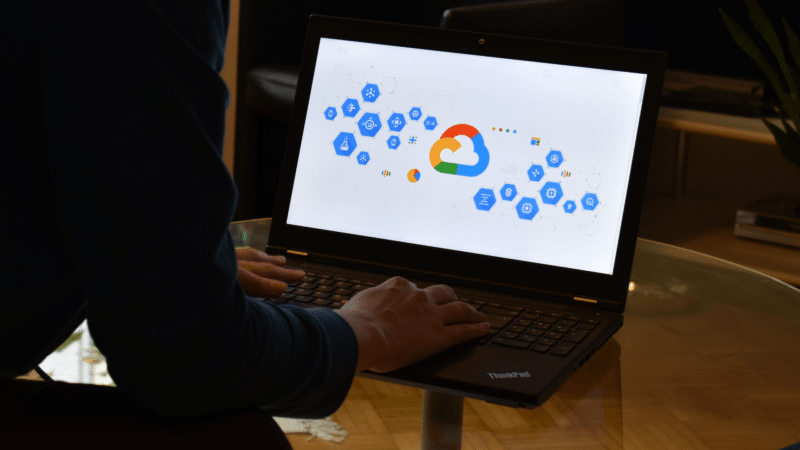
Google is pushing advertisers to enrich the conversion data they send to Google Ads, saying more signals mean stronger attribution, better modeling, and ultimately, improved campaign performance.
How it works. Google recommends upgrading pipelines to the latest Ads API (v20+) and layering in multiple data points:
- User-provided data (hashed email, phone) to unlock cross-device conversions.
- Session attributes via a new JavaScript helper or key-value pairs.
- Braid parameters (gbraid & wbraid) for privacy-safe attribution.
- Order IDs and conversion environments for cleaner reporting and model training.
- Consent fields to comply with regulations and Google policies.
Why we care. Machine learning models thrive on data. By importing richer conversion signals (not just GCLIDs) advertisers can capture more observed and modeled conversions, adapt to privacy-driven shifts in tracking and give Google’s AI more context to optimize bidding and targeting.
Between the lines. Advertisers who fail to modernize may see weaker attribution as legacy identifiers phase out. Google’s models will increasingly rely on supplemental signals to maintain accuracy.
Bottom line. Google wants advertisers to treat conversion imports as more than a technical necessity; they are now a strategic lever for campaign performance.

